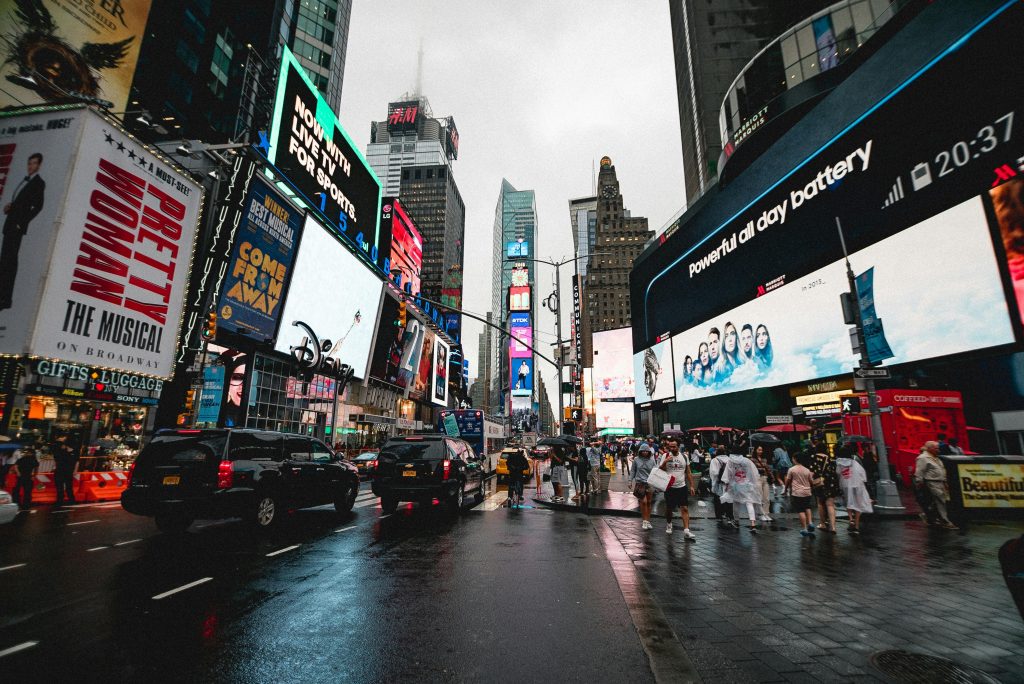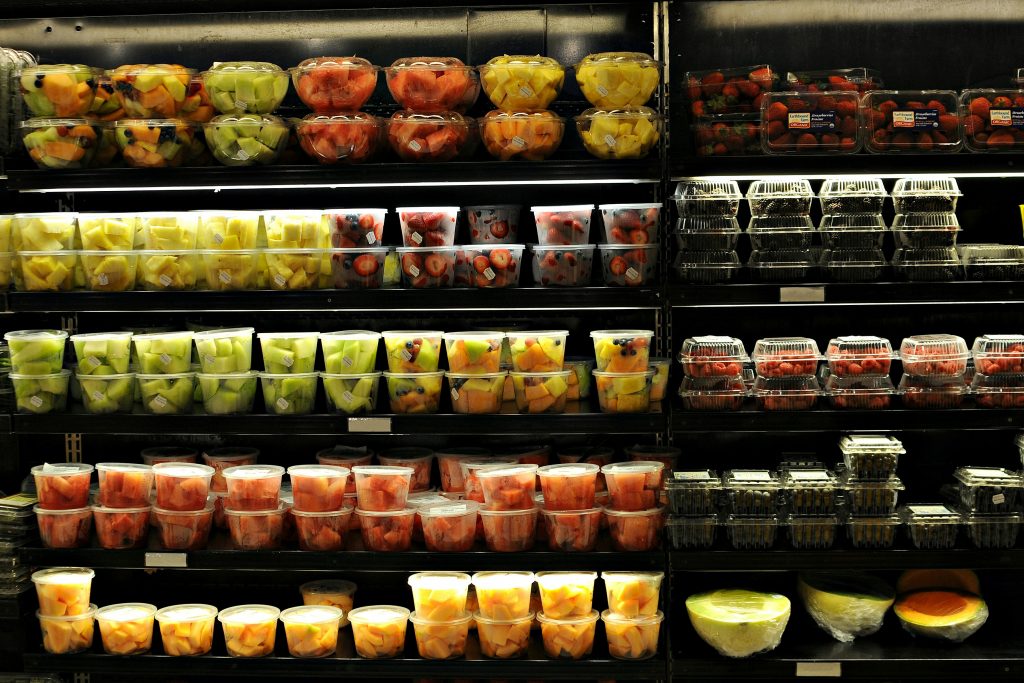The electoral victory of self-described democratic socialist Zohran Mamdani as mayor of New York City marks a historic milestone: he is the first Muslim mayor and the youngest person in more than a century to lead the city. Driven by a platform squarely focused on the “cost-of-living crisis,” one of his most ambitious and controversial proposals is to create a pilot network of five city-run supermarkets, one in each borough.
This idea — aimed directly at reducing checkout prices — poses a fundamental dilemma for the retail sector and New York’s economy: is it a vital opportunity to fight food insecurity, or a bureaucratic threat doomed to financial failure?

The Economic Need for Intervention
The urgency behind Mamdani’s proposal is undeniable. New York City is the most expensive city in the United States, and food affordability has become a growing crisis. Between 2020 and 2024, the consumer price index for food rose by 23.6%. In fact, the average cost of groceries in New York is 18% higher than the national average. As a result, in 2023 more than 1.2 million New Yorkers (14.6%) were at risk of food insecurity, and 40.2% of adults lived in a household at risk, with particularly high rates in the Bronx (20.2%). (January 2025 – Food by the Numbers – NYC.gov)
Mamdani proposes that his stores operate as nonprofit organizations, which would allow them to sell products at lower prices. The key to cost reduction rests on several operational efficiencies: by using municipally owned land and buildings, the supermarkets would not have to pay rent or property taxes. In addition, they plan to centralize warehousing and distribution and buy at wholesale prices. Mamdani has tied his platform to the universality of services, seeking to extend dignity and choice through the provision of food, especially in underserved areas suffering from “food apartheid.”
Opportunity: The Military Commissary Model
Supporters of the proposal argue the idea is not as radical as it sounds, pointing to existing precedents of state-backed food infrastructure. The most compelling example is the U.S. Defense Commissary Agency (DeCA), the military’s retail network that operates on a nonprofit, cost-plus model. That system allows military families to save between 25% and 30% on their grocery bills compared with nearby commercial retailers, leveraging the huge centralized purchasing power of the Department of Defense.
New York City already has six markets that benefit from government support through steeply reduced rents, managed by the Economic Development Corporation (EDC), including the Essex Street Market. Proponents suggest that if the city can link purchases for the new supermarkets to the food procurement contracts it already maintains for schools and hospitals, it could achieve the economies of scale necessary for operational sustainability. Additionally, an April 2025 survey found that two-thirds of New Yorkers support the creation of municipal supermarkets, according to a report published in April 2025 by the Climate & Community Institute and Data for Progress.

Threat: The Perils of Retail Margins
From the retail industry and economic critics’ perspective, Mamdani’s proposal is a significant financial risk. Supermarkets—even retail giants—operate with extremely thin profit margins, typically between 1% and 4%, or up to 5% in smaller stores. Profitability depends on scale, operational efficiency, and constantly adapting to customer needs.
Critics of government intervention argue that entering a business with such low margins is a political hybrid destined for inefficiency. They point out that inflation and supply-chain disruptions — not a lack of profit motive — are the primary drivers of high prices. Moreover, the plan would require a steady infusion of taxpayer money, with an estimated $140 million annually in subsidies, according to figures cited in an article by Jack Nicastro in Reason Magazine.
Previous experiments in the U.S. have had mixed or negative results, such as examples in Kansas City and Baldwin, Florida, where a municipally run grocery store closed after operating at a loss. Government bureaucracy could hinder rapid decision-making and efficient inventory management (for example, the risk of spoilage, logistical complexity, and intense competition).
For established retailers, there is a risk that public subsidies could displace immigrant-owned small bodegas that already operate on thin margins. The ability of large chains to secure massive wholesale discounts through market power creates an uneven playing field that is difficult for public stores to overcome. If Mamdani’s five stores fail to reach the scale required, they will be unable to compete with the low prices offered by chains like Aldi or Trader Joe’s.
Mamdani’s final challenge is to prove that his vision of “sewer socialism,” which focuses on improving public goods and services, can overcome the bureaucratic and financial inertia of metropolitan administration. If City Hall manages to implement the operational discipline observed in the military commissary model and anchor these stores in the communities that need them most, it could transform what some call a “socialist fantasy” into an anchor of affordability. However, if inefficiency prevails, the cost will fall squarely on taxpayers, leaving Mamdani’s “War on Prices” at risk of failing against the hard realities of retail margins.



